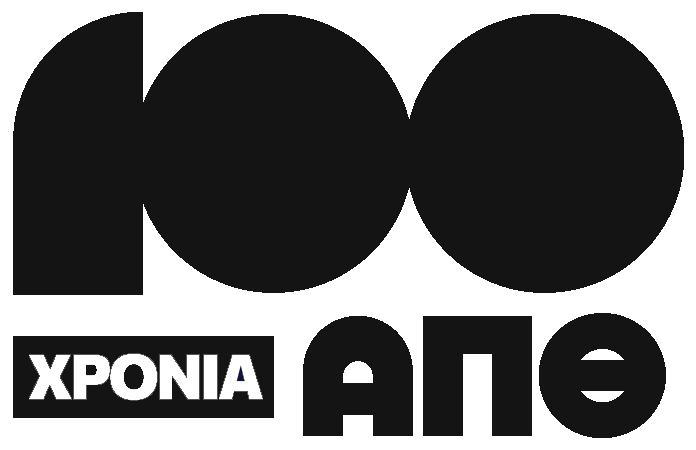- Newtonian mechanics: axioms, laws of dynamics and vector form of the differential equations of motion. Conservation laws.
- Motion in inertial and non-inertial reference frames: non-inertial forces and equations of motion. Examples.
- Coordinate systems: differential equation of motion in cartesian, spherical and cylindrical coordinates. Examples.
- Dynamics: equilibria and their stability. Study of conservative 1 degree-of-freedom system, using the method of Potential. Phase diagrams.
- Applications to 1 d.o.f systems: harmonic oscillator, pendulum, systems with friction, forced oscillations.
- Central forces: conservation of angular momentum, effective potential and study of the equivalent 1 d.o.f system
- Solutions of the equations of motion for basic central-force fields in Physics: gravity, Coulomb, Yukawa and the two-body problem.
- Analytical mechanics: constraints and reaction forces – degrees of freedom. Classification of mechanical systems. Principle of virtual work.
- The d’Alembert principle and Lagrange’s equations: the Lagrangian function for conservative forces (scalar and vector potentials). Examples
- Applications: finding equations of motion and conserved quantities (integrals of motion) with Lagrange’s method.
- The analytical method of Hamilton: The Hamiltonian function, canonical equations, phase space and integrals of motion. Applications.
- The principle of least action: Hamilton’s principle and axiomatic foundation of mechanics. Physical importance of the least-action principle and relation to other fields of Physics.
- Summary and Discussion

